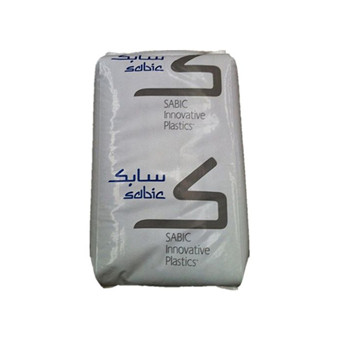Technical Data Sheet
| physical property | Test Condition | Test Method | Test Result |
|---|
| melt mass-flow rate | | ASTM D1238 | 10 g/10min |
| Shrinkage rate | | Internal | 0.4-0.8 |
| Shrinkage rate | | Internal | 0.4-0.6 |
| Water absorption rate | | ASTM D570 | 0.4 |
| Water absorption rate | | ASTM D570 | 0.1 |
| Thermal Properties | Test Condition | Test Method | Test Result |
|---|
| vicat | | ASTM D1525 | 85 °C |
| RTI Imp | | UL 746B | 85 °C |
| RTI Elec | | UL 746B | 85 °C |
| RTI Imp | | UL 746B | 85 °C |
| Linear coefficient of thermal expansion | | ASTM E831 | 72 E-6/°C |
| Linear coefficient of thermal expansion | | ASTM E831 | 72 E-6/°C |
| thermal conductivity | | ASTM C 177 | 0.2 W/m-°C |
| hardness | Test Condition | Test Method | Test Result |
|---|
| Hardness (Rockwell R) | | ASTM D785 | 123 R |
| combustibility | Test Condition | Test Method | Test Result |
|---|
| UL fire rating V | | UL 94 | 1.5 mm |
| UL fire rating 5VB | | UL 94 | 2.49 mm |
| Limiting Oxygen Index (LOI) | | ASTM D 2863 | 32 % |
| Electrical Property | Test Condition | Test Method | Test Result |
|---|
| Volume resistivity | | ASTM D257 | 100000000000000000 ohm-cm |
| Surface Resistivity | | ASTM D257 | 10000000000000000 Ohm |
| dielectric constant | | ASTM D 150 | 3 |
| dielectric constant | | ASTM D 150 | 3 |
| Dissipation Factor | | ASTM D 150 | 50 E-4 |
| Dissipation Factor | | ASTM D 150 | 49 E-4 |
| Compared to the Leakage Traceability Index (CTI) | | UL 746A | PLC_0 |
| dielectric strength | | ASTM D149 | 19.5 kV/mm |
| arc resistance | | ASTM D495 | PLC_6 |
| High Voltage Arc Traceability Rate (HVTR) | | UL 746A | PLC 2 |
| Hot wire ignition (HWI) | | UL 746A | PLC_1 |
| High current arc ignition (HAI) | | UL 746A | PLC_0 |
| Mechanical properties | Test Condition | Test Method | Test Result |
|---|
| tensile strength | | ASTM D638 | 62 Mpa |
| elongation at break | | ASTM D638 | 40 |
| bending strength | | ASTM D790 | 102 Mpa |
| Flexural modulus | | ASTM D790 | 2650 Mpa |
| Impact resistance | Test Condition | Test Method | Test Result |
|---|
| Impact strength of cantilever beam gap | | ASTM D256 | 160 J/m |
| Impact strength of cantilever beam gap | | ASTM D256 | 534 J/m |
| Instrumented dart impact energy -30 ℃ (-22 ℉) peak | | ASTM D3763 | 54 J |
| Instrumented dart impact energy 23 ℃ (73 ℉) total energy | | ASTM D3763 | 61 J |
IMPORTANT NOTES: Plas.com collected the data in the data sheet from the material manufacturers. Plas.com makes the best effort to improve the accuracy of the data, but has no responsibility for the data. We strongly recommend verifying the validity of the data with the material manufacturers before making a final decision.
